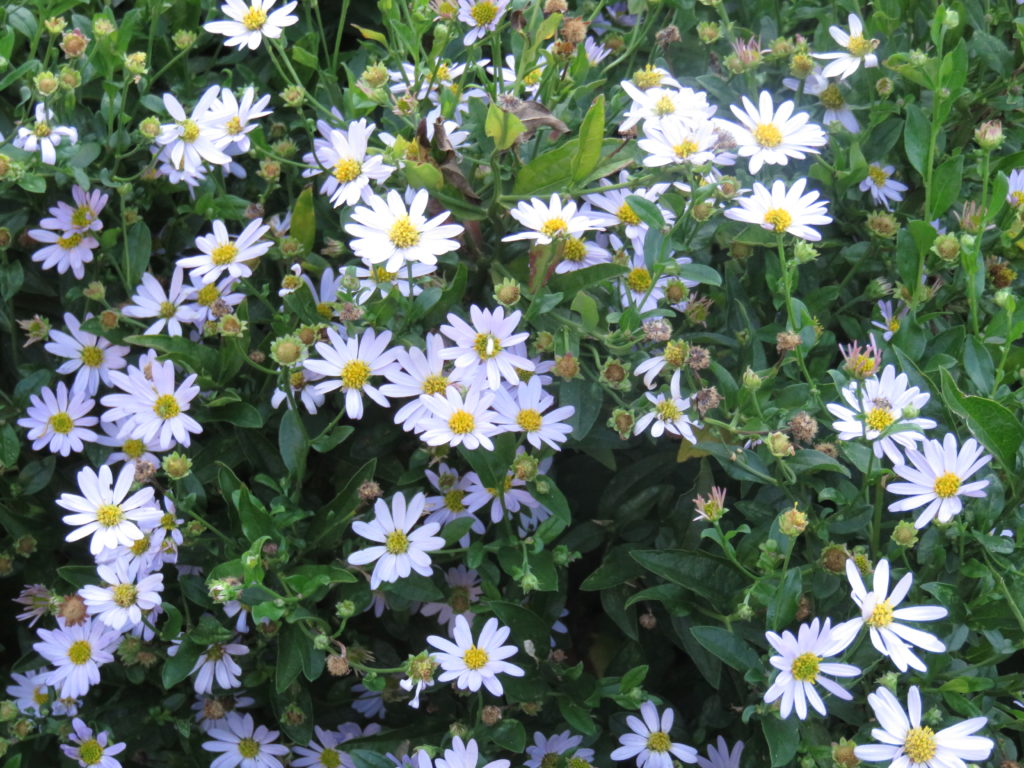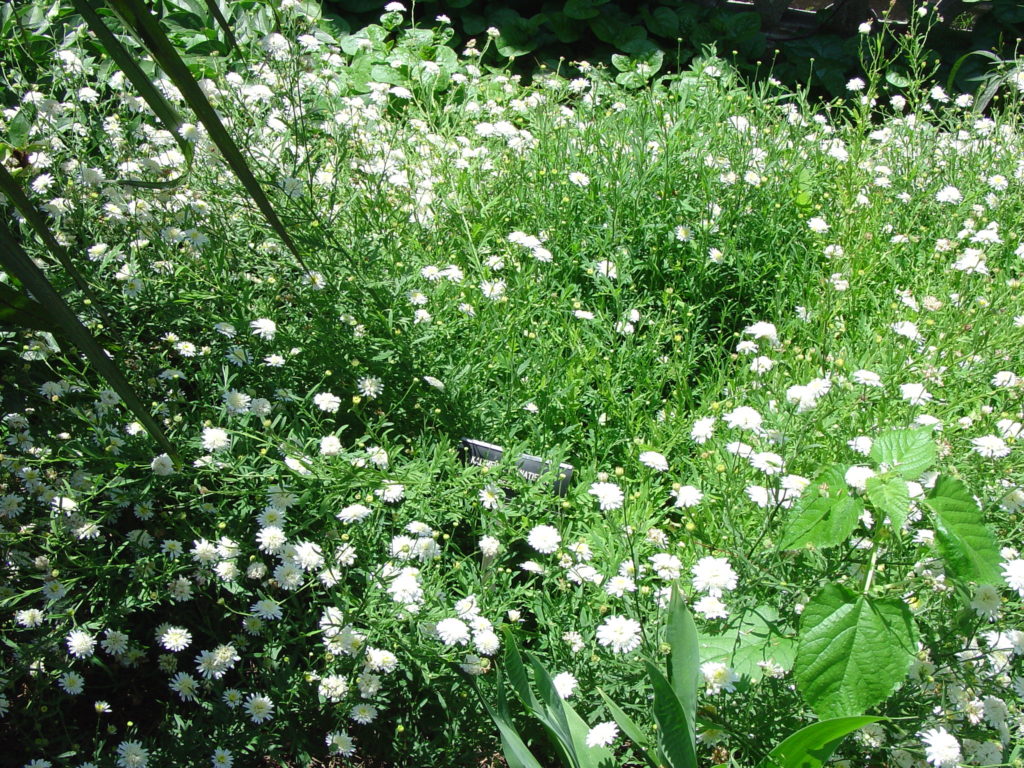
Japanese asters (Kalimeris spp.) are synonymous with boltonias (Boltonia). It is native of China, Japan and Siberia. It superficially resembles Boltonia, but differs enough to be assigned to the genus Kalimeris in the 1990s.
Kalimeris incisa ‘Blue Star’ is a superior form. This clump-forming species is noted for its long summer bloom period featuring 1 ½ inch wide, daisy-like flowers of pale lavender rays and yellow centers. The flowers are very aster-like. (USDA hardiness zones 4-8). Plants typically grow 12-18 inches tall and wide. Oblong-lanceolate green leaves are 3-4 inches long.
Kalimeris is easily grown in average, medium moist, well-drained soils in full sun to part shade. Established plants tolerate droughty clay, provided the ground is not poorly drained. It stands up well to hot and humid summers. Foliage may be pinched back in early summer to stimulate more branching and increased bloom count. Shear stems after flowering to encourage re-bloom in early fall. Plants may self-seed in optimum growing conditions.
Japanese asters perform equally well in large containers. Plants require very little maintenance. It may be propagate by seed or cuttings. Space individual plants in a flower garden or group several together for mass plantings.
Another Japanese aster cousin, K. pinnatifida, is also popular. Semi-double daisy-like flowers are composed of 1-inch wide white ray petals and a pale yellow center disk. They bloom continuously from early summer to fall. The cultivar ‘Hortensis’ produces white double flowers.
Over the years plants tend to sucker and colonize among themselves and do not spread to other places in the garden. Divide older 3 to 4 year clumps in spring to maintain their overall vigor. Fertilize in early spring with a slow release fertilizer like Osmocote™ or Nutrikote™. Disease or pest problems are rare.


 Posted in
Posted in 
